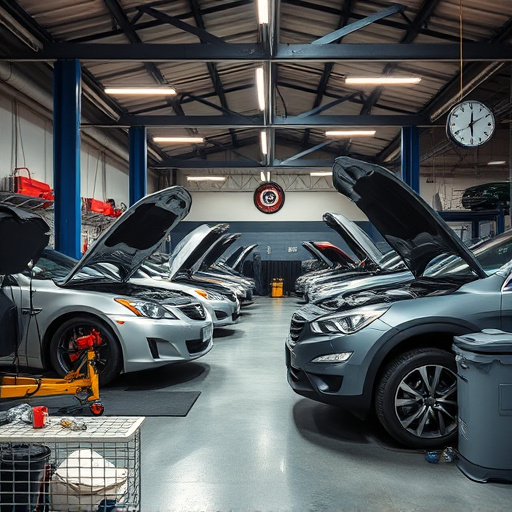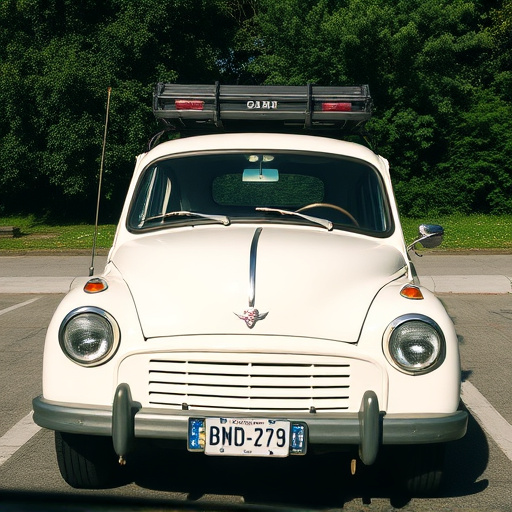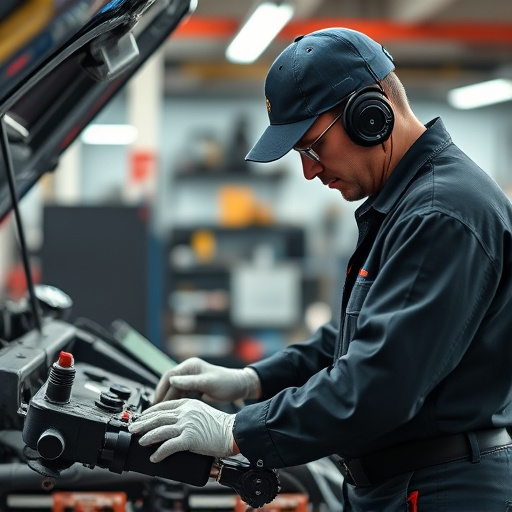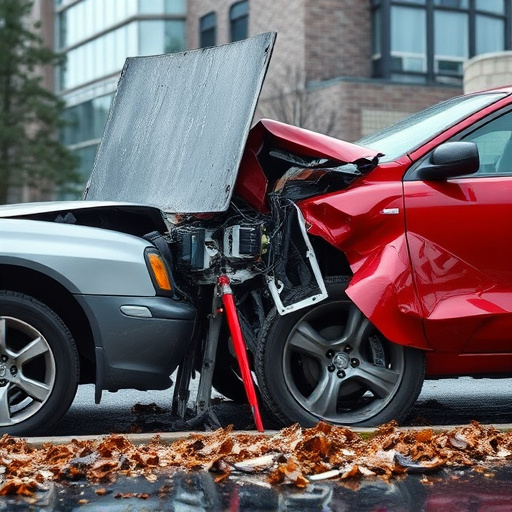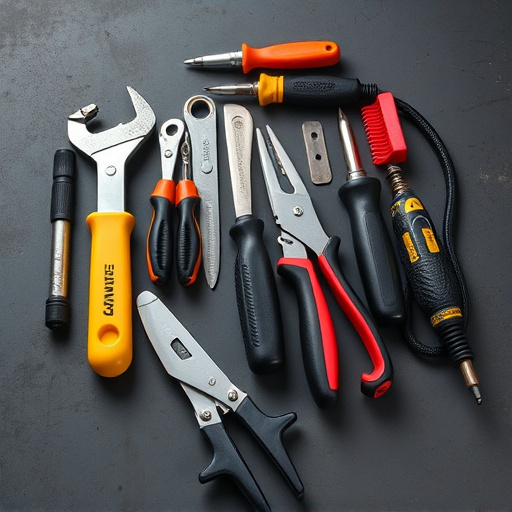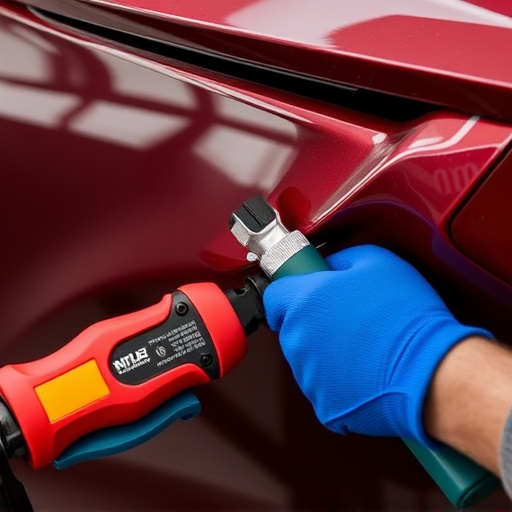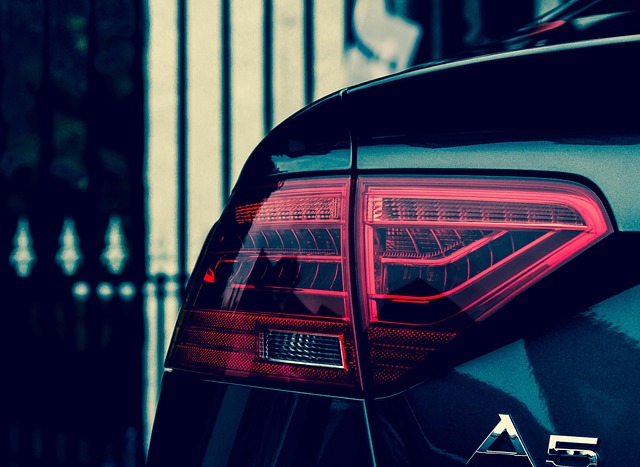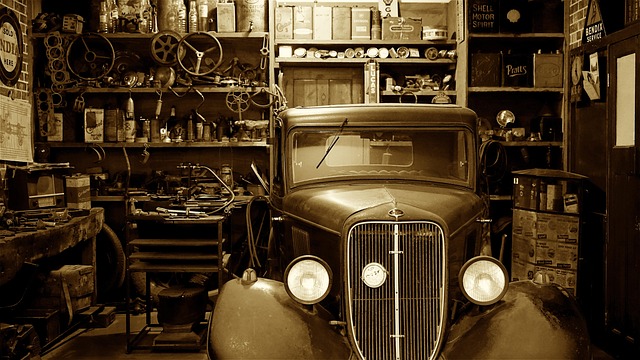Meticulous assessment of damage, gathering tailored tools and materials, removal and inspection, cleaning, reinstallation, maintenance – these steps ensure successful plastic bumper cover repair for enhanced vehicle aesthetics and value, with specialized products recommended for high-end models like Mercedes Benz.
Professional plastic bumper cover repair is a meticulous process that involves several crucial steps. First, assess the damage to determine the extent of the fix. Then, gather all necessary materials, ensuring compatibility with your vehicle’s make and model. Next, carefully remove and clean the damaged cover, preparing it for repair. After mending, reinstall for optimal protection, enhancing your car’s aesthetic appeal and structural integrity.
- Assess Damage and Gather Materials
- Remove and Clean the Bumper Cover
- Repair and Reinstall for Optimal Protection
Assess Damage and Gather Materials
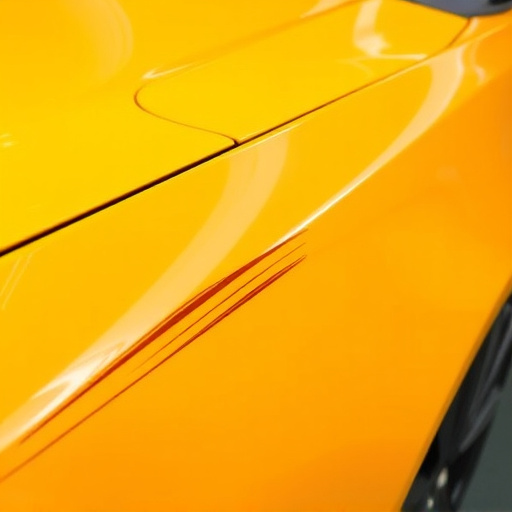
The initial step in any successful plastic bumper cover repair involves carefully assessing the damage. This process includes examining the extent of cracks, dents, or other deformities on the bumper. It’s crucial to determine if the damage is superficial or requires more intricate restoration. Additionally, checking for structural integrity and ensuring no underlying components are compromised is vital for safe and effective automotive collision repair.
Gathering the right materials is the next key phase. For a professional plastic bumper cover repair, you’ll need specific tools and components designed for automotive restoration. Depending on the extent of damage, this could include replacement parts such as new bumper covers (available in various brands and models), adhesive or bonding agents, primers, and paints that match your vehicle’s original finish. In the case of mercedes benz repair or any high-end automotive restoration, specialized products might be required to ensure top-tier results.
Remove and Clean the Bumper Cover
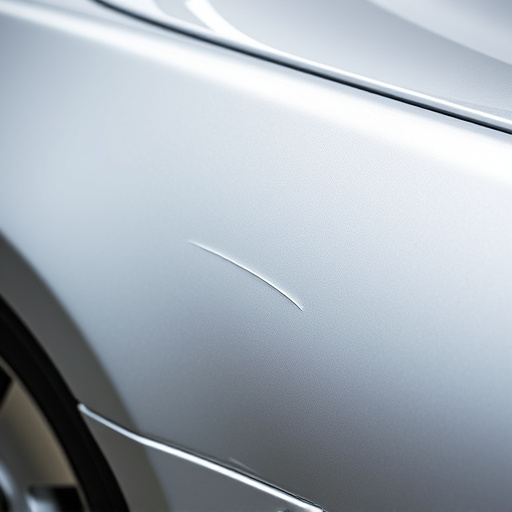
The first step in any professional plastic bumper cover repair is to carefully remove and inspect the damaged part. This involves detaching the old, cracked or dented cover from the vehicle’s bumper. Once separated, thoroughly clean the area to ensure there are no debris or remnants of old adhesive left behind. A clean surface is crucial for successful bonding during the repair process.
Proper cleaning also includes removing any dirt, dust, or grease that might have accumulated on the bumper cover and its surrounding areas. This step is often overlooked but is essential in achieving a seamless finish after repair. Auto painting experts recommend using mild soap and warm water to clean the surface gently without causing further damage.
Repair and Reinstall for Optimal Protection
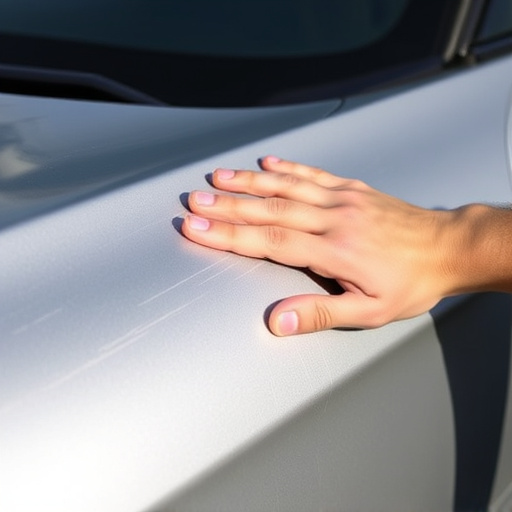
After successfully repairing the damaged or scratched plastic bumper cover, the next step is to reinstall it for optimal protection. Begin by cleaning the area thoroughly to ensure there’s no dirt, debris, or residue left over from the repair process. This crucial step helps maintain the integrity of the newly restored surface and prevents future damage.
Once the bumper cover is clean, carefully align it with the vehicle’s existing structure and secure it in place using the appropriate fasteners. Make sure all joints are snug and sealed properly to withstand everyday wear and tear. Regularly inspect the bumper cover for any signs of wear or damage and perform routine maintenance to keep it looking as good as new. This proactive approach, combined with professional plastic bumper cover repair services, ensures your vehicle maintains its aesthetic appeal and structural integrity for years to come, enhancing overall vehicle value through effective automotive restoration techniques.
Professional plastic bumper cover repair involves a meticulous process that begins with assessing damage, gathering the right materials, and safely removing the old cover. Cleaning ensures a clean canvas for repair, while precise fixing and reinstallation provide optimal protection against future dents and scratches. Embracing these steps guarantees your vehicle’s front end looks as good as new, enhancing its overall aesthetic appeal and resale value.


